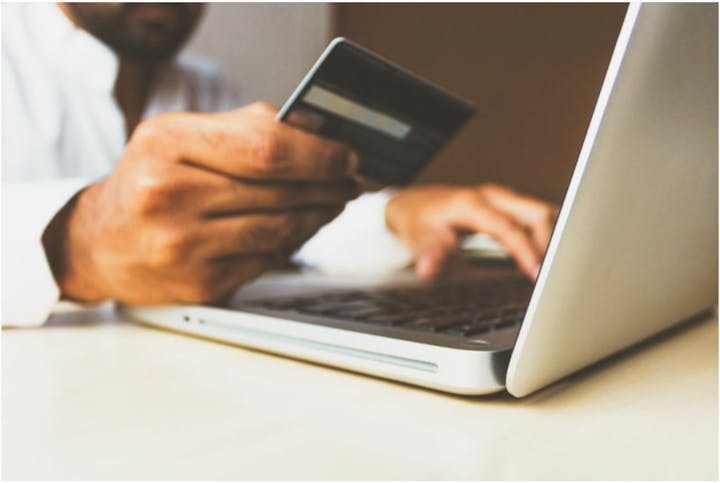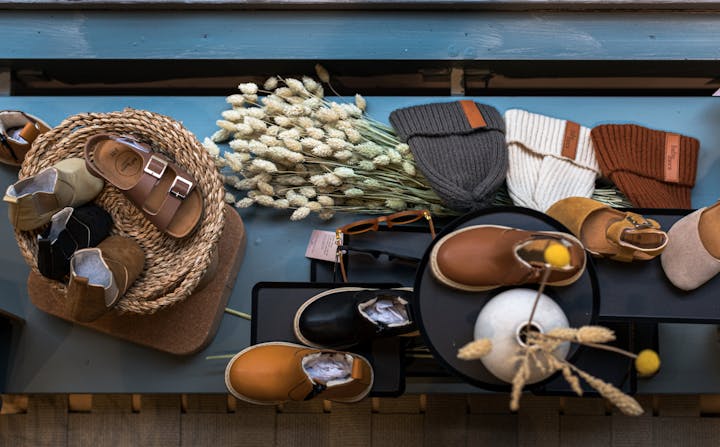How To Propel Repeat Purchases Through Pop-Ups
How do you build customer loyalty and propel repeat purchases in a retail environment that’s saturated with options?
.png?w=960&h=501&fit=crop)
Share
How do you build customer loyalty and propel repeat purchases in a retail environment that’s oversaturated with options?
Defining a strategic direction: customer acquisition vs retention
In defining the direction of a company’s marketing strategy and how to drive growth, marketing directors have to ask themselves whether they should focus on customer retention or customer acquisition. In other words, whether marketing efforts should be directed on keeping your existing customer base happy to drive repeat purchases or on acquiring new customers.

Setting the trajectory for your company's marketing strategy is not an easy task. A rule of thumb would, according to Gartner’srecent report, be the 80-20 rule. All of you academics out there probably know of the concept as the Pareto Principle. In a retail setting this principle suggests that 80 percent of a company’s future profits will come from 20 percent of its existing customers. Which implies that the main source of a company’s revenue is the customers who are already in the company’s pipeline.
Why focus on existing customers, when we can attract new ones?
Unfortunately the intuition behind the 80-20 rule often falls short in real world settings. In a recent report by Ecoconsultancy, only 16% of company representatives described their strategy as retention focused. Companies rather tend to focus on customer acquisition.
With the overarching acquisition focus among companies and the rationale that retention strategies oftentimes are more profitable, one could argue that there is a discrepancy in the market. How can companies find a strategic balance between retaining existing customers whilst simultaneously acquiring new ones?
Pop-up activations - The perfect middle-ground
Pop-up activations are a potential route for bridging the strategic gap between retention and acquisition strategies. Not only giving you an opportunity to display your products to new customer segments and encourage brand visibility. But to also encourage customers to buy from you again. And why is that you might wonder? A publication in Elseiver presented the following reasoning:
Pop-ups allow for market research testing. Pop-up shops are also a relatively low-risk way to test experiential marketing strategies, as they provide organizations with valuable information for future business planning. For instance xNomad helped BabyMocs, a company selling vegan baby-shoes made out of pineapple, to launch a pop-up concept in a more central location to target a new audience. The pop-up was a great success and resulted in major exposure and international reseller requests. Not only proving the business concept - but additionally allowing for international business opportunities.

Babymocs pop up ©xNomad
With all of this in mind, we can paddle back to our initial question. How do you build customer loyalty and drive repeat purchases? We suggest pop-ups as the perfect way to engage existing customers and to tap into new customer segments. However, even if pop-up activations are great, they’re not a magic bullet. In order to be successful, you need to have a great offer, excellent customer service and provide a compelling reason for customers to come back. Having all those aspects in mind, it is a given that when brands pop, customers will shop.